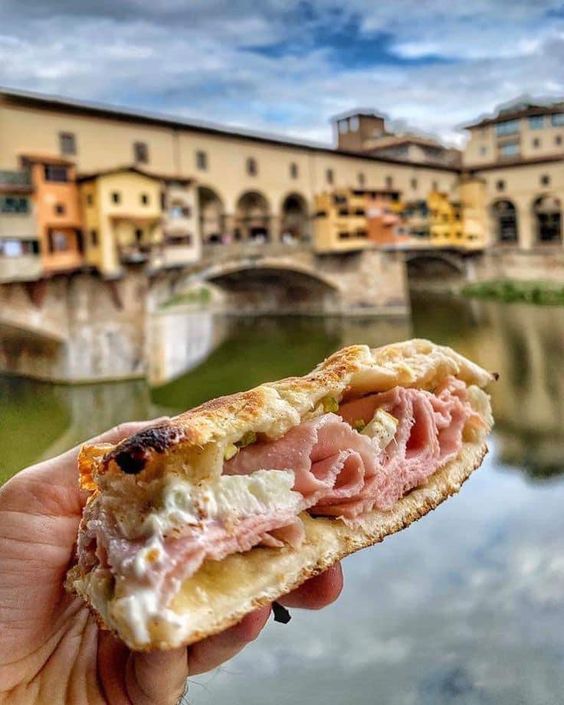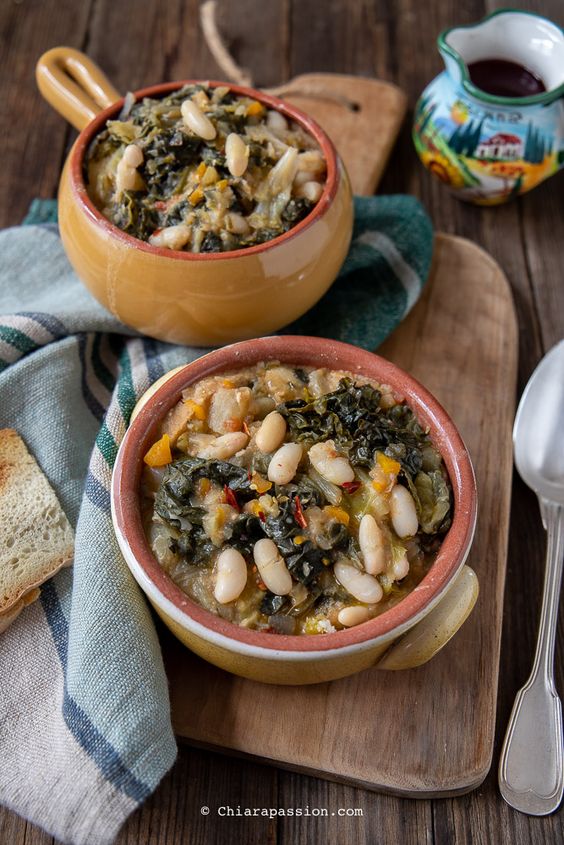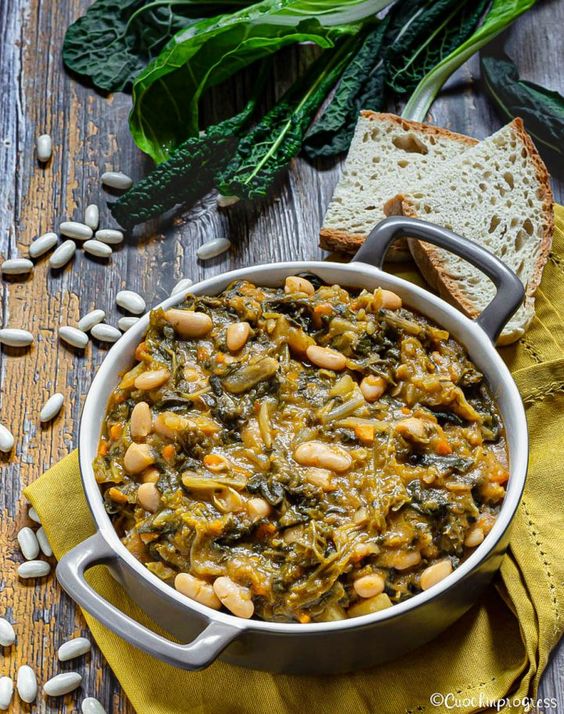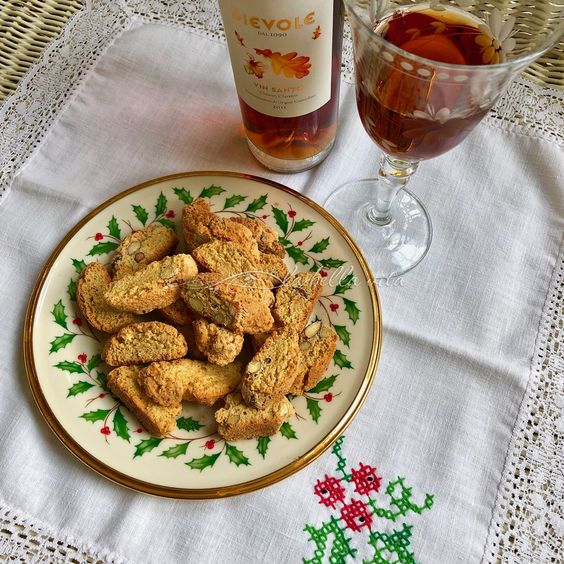Florentine Street Food: A Culinary Journey through History and Culture
Florence, the jewel of Tuscany, is not only renowned for its art and architecture but also for its rich and diverse culinary traditions. The street food of Florence offers a delightful taste of the city’s history and culture, providing an authentic experience that combines flavors, stories, and traditions passed down through generations. Here, we explore three quintessential Florentine street foods: Ribollita, Lampredotto, and Cantuccio con Vin Santo.
Ribollita: A Hearty Legacy
Ribollita is a traditional Tuscan soup that exemplifies the region’s resourcefulness and emphasis on hearty, rustic fare. The name “ribollita” means “reboiled,” reflecting its origins as a dish made from leftover vegetable soup and stale bread. Historically, peasants would prepare a large pot of minestrone and reboil it over several days, adding bread to thicken the broth.
Ingredients and Preparation
Ribollita is made with a variety of vegetables, including kale (traditionally cavolo nero), beans, carrots, celery, potatoes, and onions. The addition of stale Tuscan bread, which is unsalted and dense, is key to achieving the soup’s unique texture. Seasoned with olive oil and sometimes enriched with a hint of tomato, ribollita is both nutritious and flavorful, offering a warming comfort that has been cherished for centuries.
Cultural Significance
Ribollita embodies the Tuscan philosophy of cucina povera, or “poor cooking,” which emphasizes simplicity, frugality, and the use of seasonal, locally sourced ingredients. It is a testament to the ingenuity of the Tuscan people, who have transformed humble ingredients into a beloved culinary tradition. Today, ribollita can be found in trattorias and street food stalls, offering locals and visitors a taste of authentic Tuscan home cooking.
Lampredotto: A True Florentine Delight
Lampredotto is a classic Florentine street food that may surprise the uninitiated. This traditional sandwich features slow-cooked tripe, specifically the fourth stomach of a cow, which is known as “lampredotto.” The dish dates back to the Renaissance, when it was popular among the working class for its affordability and rich flavor.
Preparation and Serving
Lampredotto is simmered in a savory broth with tomatoes, onions, parsley, and celery until tender. It is then sliced and served on a crusty roll, often dipped in the cooking broth to enhance the flavor. The sandwich is typically garnished with salsa verde (a green sauce made from parsley, garlic, capers, and anchovies) or a spicy red sauce, adding a burst of flavor to the succulent meat.
Cultural Importance
Lampredotto is more than just a sandwich; it is a symbol of Florentine culinary heritage. Street vendors, known as trippai, have been serving lampredotto for centuries from their traditional carts. These vendors are a staple of Florence’s street food scene, and enjoying a lampredotto sandwich is a must for anyone looking to experience the city’s authentic flavors. It is a beloved snack for Florentines and a fascinating culinary adventure for tourists.
Cantuccio con Vin Santo: A Sweet Ending
No culinary journey in Florence would be complete without indulging in Cantuccio con Vin Santo. Cantucci, also known as biscotti di Prato, are crunchy almond cookies that are traditionally enjoyed as a dessert, dipped in a glass of Vin Santo, a sweet dessert wine.
Origins and Tradition
Cantucci have a long history in Tuscany, with recipes dating back to the Renaissance. These twice-baked cookies are made with simple ingredients: flour, sugar, eggs, and whole almonds. Their hard texture makes them perfect for dipping in Vin Santo, a fortified wine made from dried grapes that boasts rich, caramelized flavors.
Cultural Significance
Cantuccio con Vin Santo is a cherished way to end a meal in Florence, reflecting the region’s appreciation for simple yet satisfying flavors. The pairing of the crunchy cantucci with the sweet, velvety Vin Santo creates a delightful contrast that epitomizes the balance and harmony of Tuscan cuisine. It is a tradition that brings together family and friends, celebrating the joy of good food and good company.
Schiacciata
The history of schiacciata dates back to ancient times when it was a common practice to bake simple flatbreads in communal ovens. Its name, “schiacciata,” comes from the Italian verb “schiacciare,” meaning “to crush” or “to flatten,” referring to the way the dough is pressed before baking. Over the centuries, it evolved from a basic peasant food to a cherished specialty, deeply ingrained in the culinary traditions of Tuscany.
Variations
While the classic schiacciata is enjoyed plain or with a touch of salt, there are numerous variations that include:
Schiacciata ripiena: Filled with cured meats like prosciutto, salami, or mortadella, and cheeses such as pecorino or mozzarella.
Schiacciata con l’uva: A sweet version made during the grape harvest season, featuring grapes and sometimes a sprinkling of sugar.
Cultural significance
Schiacciata holds a special place in Florentine culture. It is often enjoyed as a snack, a quick lunch, or an accompaniment to meals. During local festivals and fairs, it is a ubiquitous treat, sold by street vendors and bakeries. Its simplicity and versatility make it a beloved comfort food, evoking the rustic charm of Tuscan life.
How to enjoy
Schiacciata is best enjoyed fresh out of the oven, either plain or stuffed with your favorite fillings. Pair it with a glass of local Chianti wine or a refreshing drink for a quintessential Florentine street food experience.
Street food experience
Florentine street food offers a window into the city’s soul, showcasing its history, culture, and culinary ingenuity. From the hearty ribollita and the flavorful lampredotto to the sweet cantuccio con Vin Santo, each dish tells a story of tradition and love for simple, honest food. Exploring these culinary delights is not just about satisfying your appetite; it’s about connecting with the rich heritage of Florence and experiencing the essence of Tuscan life.
Book our tour and enjoy a typical Tuscan espierience!
https://accordsolutions.it/tour/eat-go-the-florentine-street-food-tour/













Recent Comments